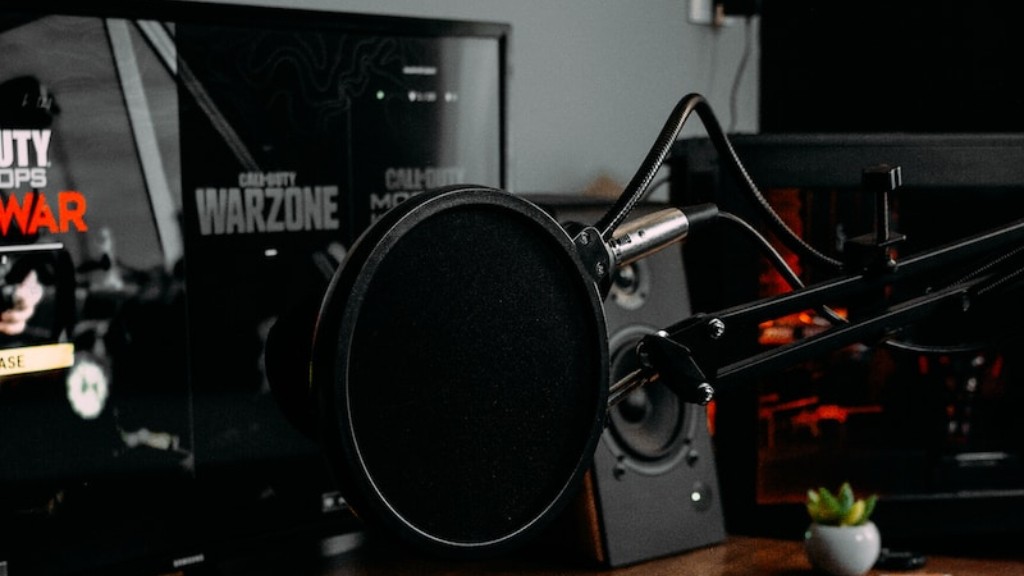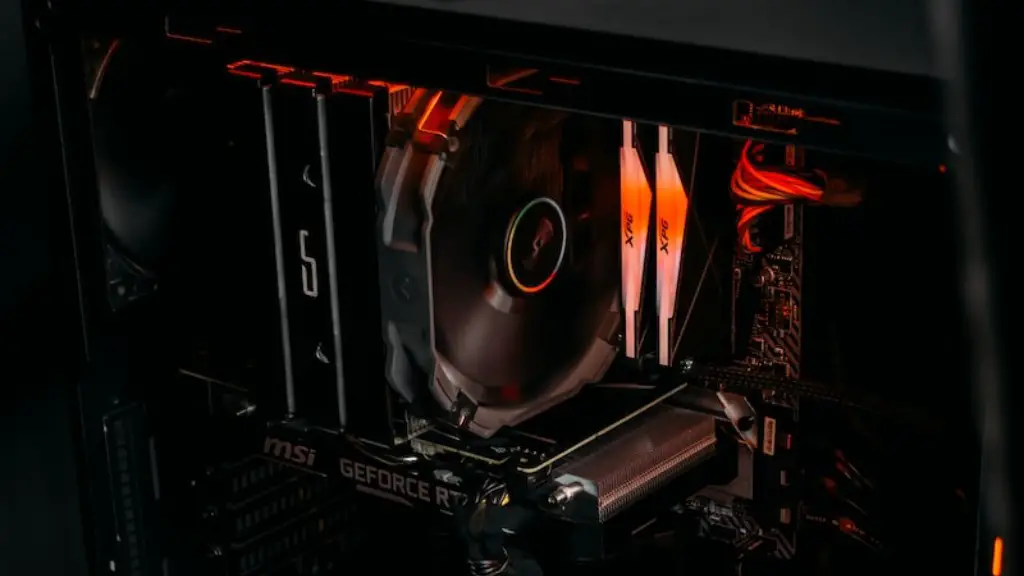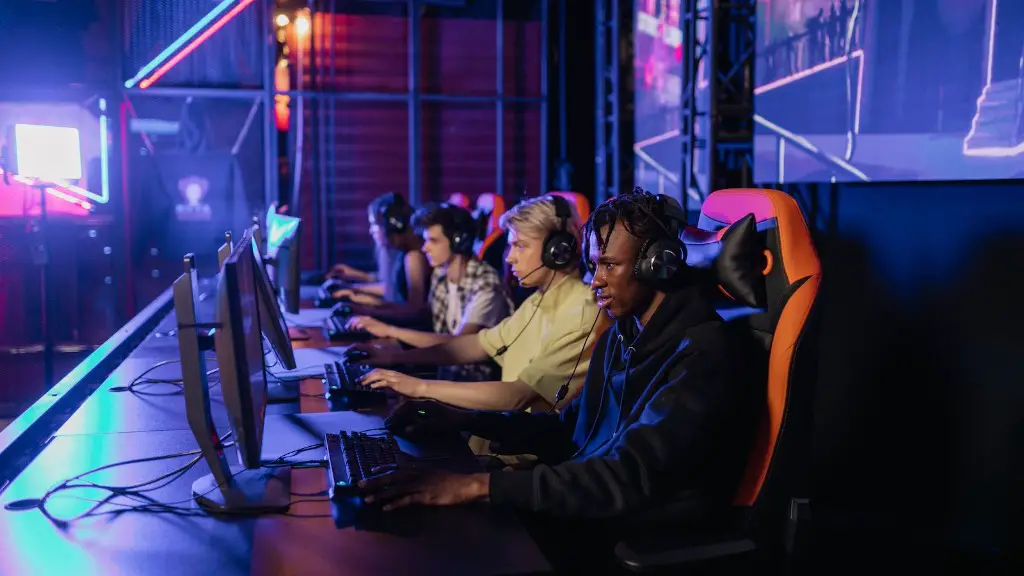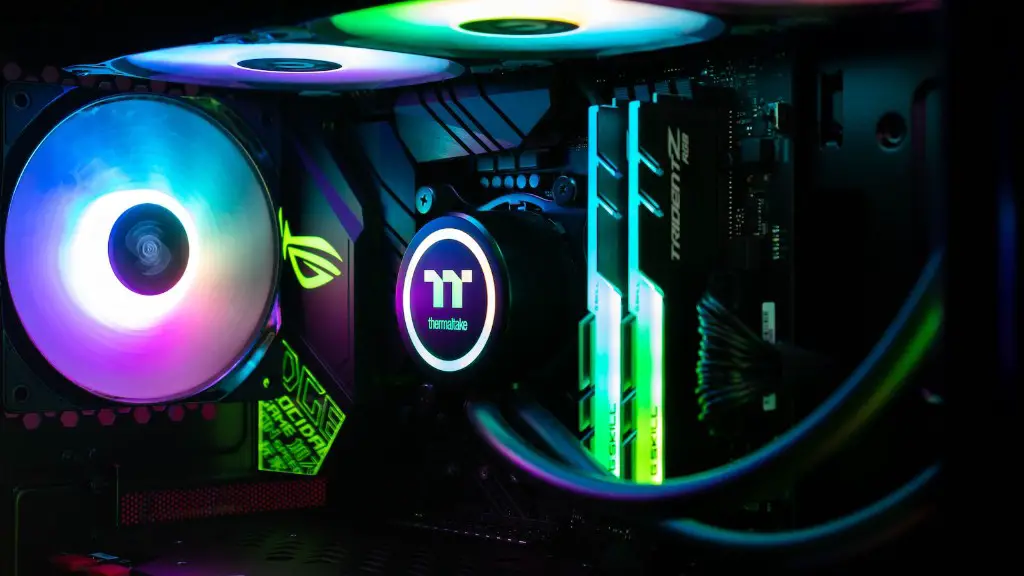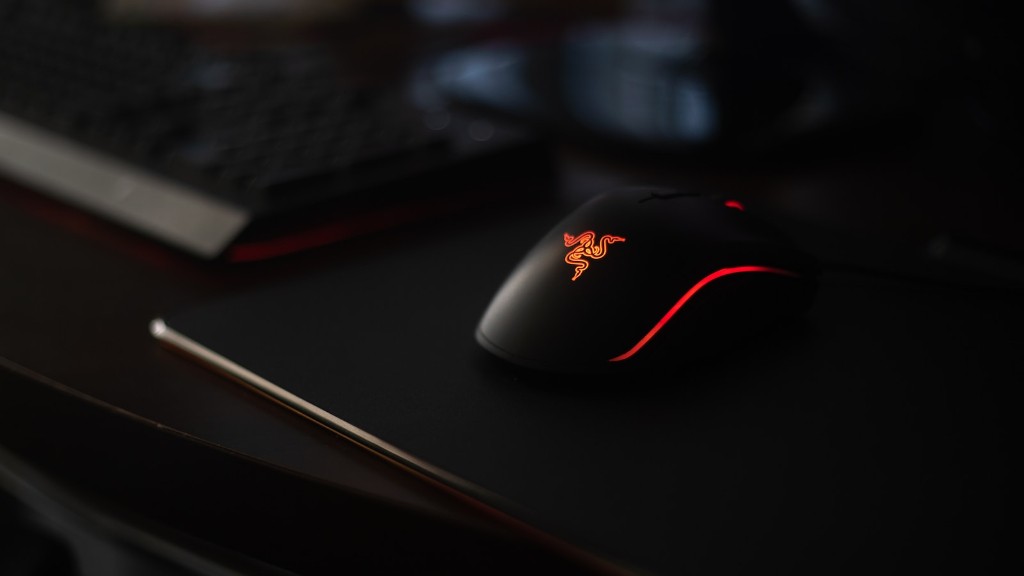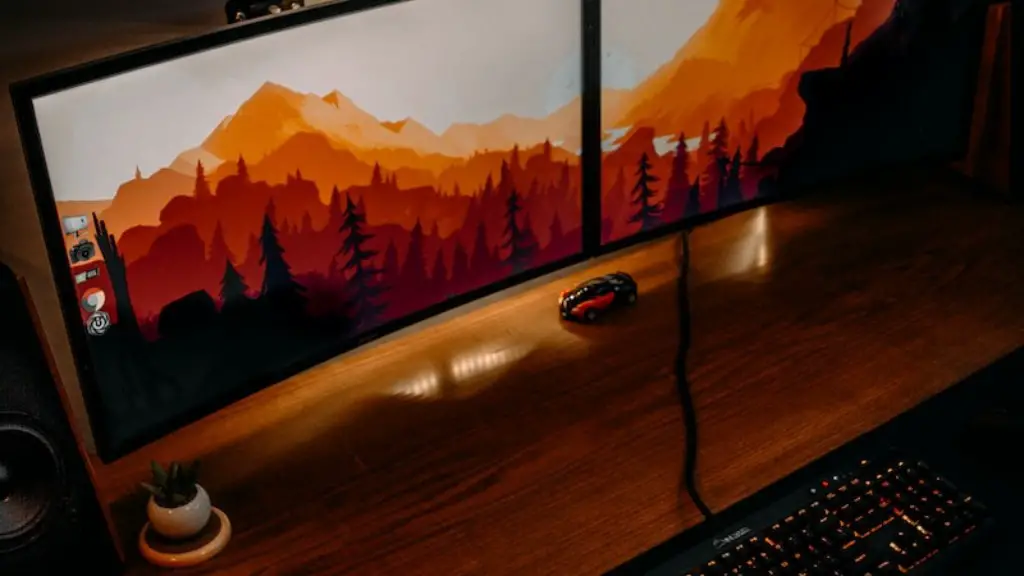Building your own gaming PC can feel like an intimidating prospect, but when broken down into its individual components, the task becomes much easier. Following these steps can help you build a reliable gaming PC:
1. Understand what components are necessary. A gaming PC consists of a processor, a graphics card, a power supply, RAM, a motherboard, storage, and a PC case. Knowing the basics of how to select, install, and configure each component will make the building process much smoother.
2. Research your components. You’ll want to know what type of parts to buy and how to choose the best parts for your budget. Consider your goals for the PC, and make sure you buy components that are compatible with each other. Read reviews online to get a better understanding of each component.
3. Get the necessary tools. You’ll need a few extra tools to build the PC, including a Phillips head screwdriver, an anti-static wrist strap, and some thermal paste. You should also take care to prevent electrostatic discharge (ESD) when working on your components.
4. Assemble the PC. Start by assembling the PC case components and installing the power supply. Next, install the RAM and the CPU, connecting them to the motherboard. Then, install the graphics card, HDD, and other components, and connect them all to the power supply.
5. Configure the BIOS. Once all of your components are installed, it’s time to configure the BIOS with the help of the motherboard’s manual. Adjust the CPU settings for better performance and configure the RAM and other components accordingly. You can also set up fan control, overclocking, and other settings.
6. Install the operating system. You can install Windows or an alternative like Linux, depending on your preferences. Make sure your storage device is formatted to the proper file system, then you can begin the installation process.
7. Perform a stress test. Once the operating system has been installed, it’s relatively safe to assume your components are compatible. However, it’s always a good idea to perform a stress test on your PC to make sure the components are working properly.
Choosing the Right Components
When building your own gaming PC, selecting the proper components is absolutely essential. You should pay close attention to the details when researching each component, such as compatibility, performance, and cooling. A good starting place is to look up recommended parts lists, which can help you narrow down the options.
When choosing a case, you’ll want to consider the size of the case, the airflow, the number of drive bays, and the number of USB ports. Similarly when selecting your power supply, you’ll need to pay attention to the wattage, the number of PCIe connectors, and the efficiency rating. You’ll also need to consider the performance of the processor and graphics card, taking into account the type, speed, and memory.
Finally, pay close attention to the motherboard. Make sure the socket type matches your CPU, and also check for the number of memory slots, drive bays, and other functions. Selecting the right components is essential to get the most out of your gaming PC.
Configuring Your Settings
After the hardware components have been installed, it’s time to configure the settings through the BIOS. This is usually done through the motherboard’s manual, which will help you adjust the CPU settings and configure the RAM. Other options include fan control, overclocking, and other settings, which will help you get the most performance out of your PC.
It’s also important to take the time to adjust your OS settings. Switching off any unnecessary features such as visual effects and programs can free up some extra memory and offer some performance gain. Make sure your drivers are all up to date, as this can help ensure maximum compatibility and performance. Running a malware scanner is also recommended to keep your system secure.
Finally, tweaking certain in-game settings can help you get the most out of your gaming experience. Reducing the resolution, frame rate, and post-processing effects can improve the performance of your PC and make the games run more smoothly. This includes monitoring the in-game temperature to see if it’s running too hot, and adjusting the settings accordingly.
Testing Your System
Before you can unleash your new gaming PC, it’s important to perform a few tests to make sure all the components are functioning properly. This is usually done through a combination of stress tests and benchmarking tools. Check you system for any issues, such as driver incompatibility, hardware failure, and possible system crashes.
You should also run various software and games to check the performance. You can use free benchmarking software to test both CPU and GPU performance, as well as compare your results with others. Running demanding games on high settings can also be useful to see how your PC behaves.
Finally, you should also consider running tests such as Prime95 and FurMark, which are designed to stress test your components. This can help you identify any potential problems and may even help you overclock your CPU and GPU for the best possible performance.
Additional Steps
Other steps you may want to take when building your own gaming PC include reducing static electricity, using cable management, and isolating noise sources. Using an anti-static wrist strap and taking care to ground yourself before working on your components can help to avoid static damage. Additionally, properly managing your cables can improve your PC’s airflow and cooling.
Finally, if you want to reduce the noise of your PC, consider buying components with low noise operation and isolating the main noise sources. It’s also possible to install sound damping material inside the case to further reduce noise levels. These steps can help to ensure your PC runs cool, quiet, and performs optimally.
Conclusion
Building a gaming PC may seem daunting, but following a few key steps and understanding the basics of hardware can make it much easier. Start by researching different components and selecting the right ones to fit your budget. Then assemble the PC and make sure to configure the BIOS and OS. Finally, take a few extra steps such as using cable management, reducing static electricity, and isolating noise sources.
